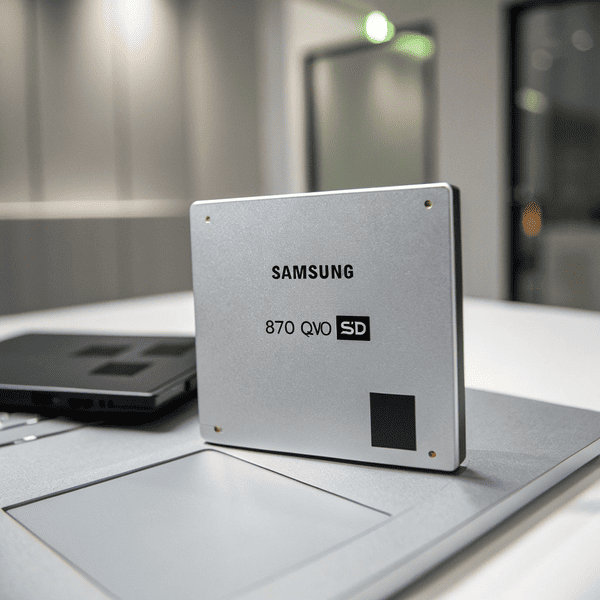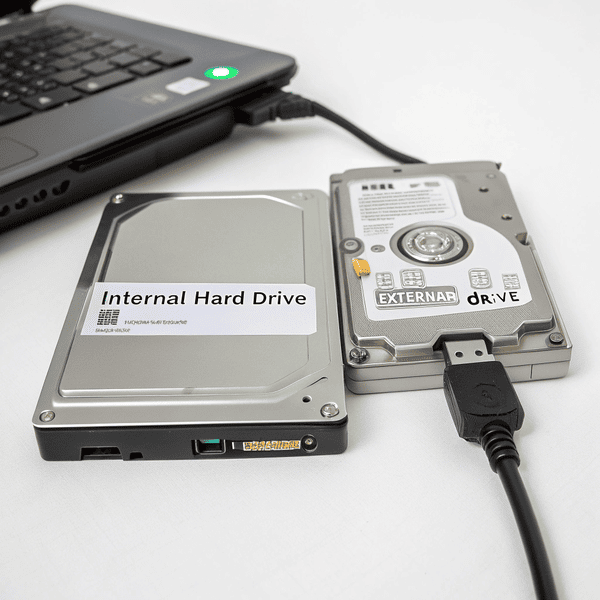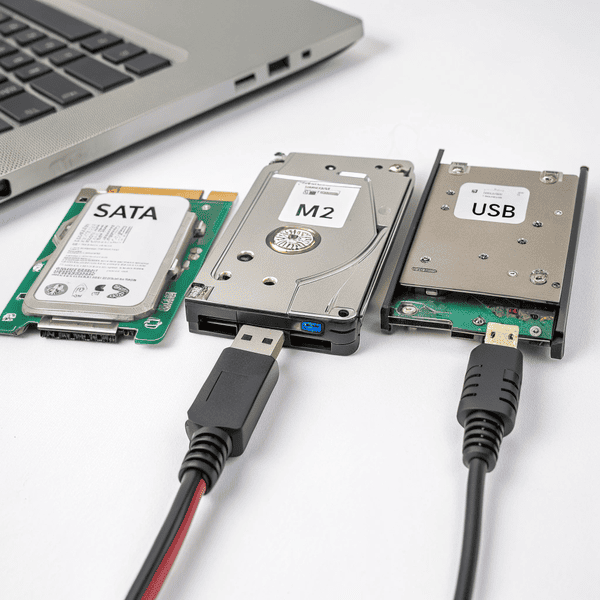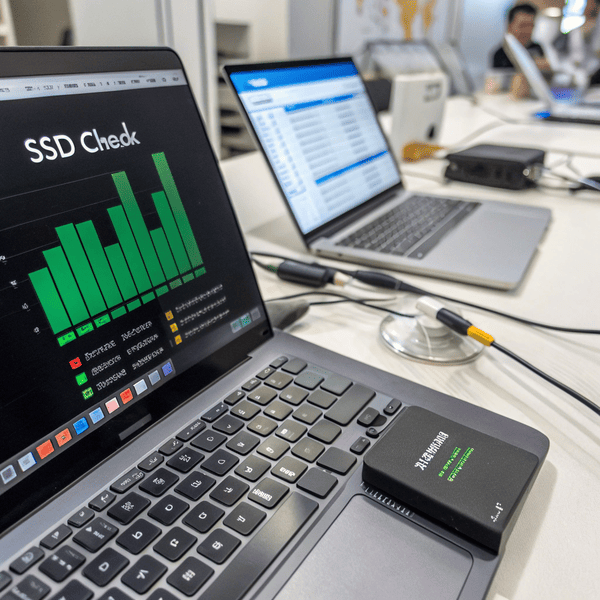Sometimes, the SSD market changes so fast that you barely notice your Sometimes, the SSD market[^1] changes so fast that you barely notice your favorite models have vanished off the shelves
[^1]: Stay updated on the fast-changing SSD market to make informed purchasing decisions.
have vanished off the shelves. Is your storage choice already discontinued?
The Samsung 870 QVO appears to have been discontinued, leaving many consumers seeking alternatives among Samsung’s remaining SSD lineup.
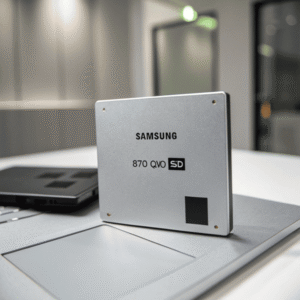
If you're tracking Samsung's SATA SSDs, you might have seen the 870 QVO dropping from online listings and community discussions. I’ll break down what’s really happening, cover what makes the Samsung 870 Evo still worthy for your next build, and highlight the very latest in Samsung NVMe innovation. Let's dig in.
Is the Samsung 870 QVO discontinued?
Just when you get comfortable recommending a drive, it can disappear. The QVO line's sudden vanished presence has left plenty of users double-checking their future-proofing strategies.
Yes, the Samsung 870 QVO is discontinued and no longer available through major consumer channels or Samsung’s listings [1].
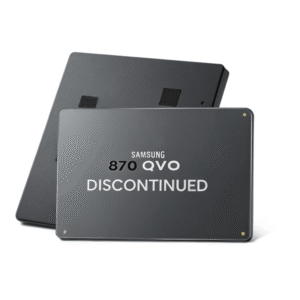
When I first noticed the 870 QVO trickling away from retailers, I thought it was just normal stock fluctuation. But user reports and online retailers have confirmed—the line is discontinued [1]. This means Samsung no longer manufactures or actively supports new consumer sales of the QVO, although you may still find limited remaining inventory at some shops or second-hand markets [1]. The QVO series was renowned for providing huge storage in a 2.5” SATA form factor, with up to 8TB capacity at relatively affordable prices—accomplished by using QLC (Quad-Level Cell) NAND [2][5]. But QLC also brought tradeoffs, especially for sustained performance and longevity.
What did the Samsung 870 QVO offer?
| Feature | Specification |
|---|---|
| Form Factor | 2.5-inch SATA III |
| Capacities | 1TB, 2TB, 4TB, 8TB |
| Max Sequential Read | Up to 560 MB/s |
| Max Sequential Write | Up to 530 MB/s |
| Warranty | 3 years or up to 2,880 TBW (8TB model) |
| NAND Type | 4-bit QLC V-NAND |
| Controller | Samsung MKX |
Discontinuation means users seeking large, budget-friendly SATA SSDs will have to look elsewhere, or consider other lines like the Evo if they don’t need massive capacity.
Is the Samsung 870 Evo a good SSD?
Performance changes, value sticks. Even in a world that’s moving to NVMe, the right SATA SSD has plenty left to offer.
The Samsung 870 Evo is highly regarded as one of the best SATA SSDs, offering top performance, reliability, and excellent endurance for its class [6][7][9].
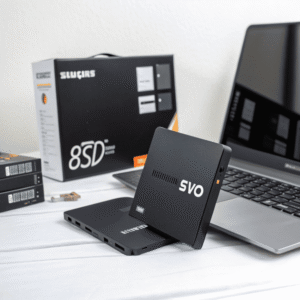
The 870 Evo remains my favorite pick for anyone needing a stable, fast SATA upgrade. It’s built with Samsung’s premium TLC V-NAND and their own controller, which means you see real-world speeds near the maximum limits of SATA III—560 MB/s sequential reads and 530 MB/s writes [6][7][9]. Reviewers praise its responsiveness, low latency, and good sustained speeds compared to competitors, and most importantly it outpaces almost every other SATA SSD in both performance and reliability [6][9]. I’ve personally used multiple Evos for boot drives and game libraries, and rarely see failures. The 5-year warranty for high-capacity models speaks to its reliability and endurance (up to 2,400TBW for the 4TB version) [6][7].
Let’s compare the Evo against recent popular SATA SSDs:
| Drive | Max Read (MB/s) | Max Write (MB/s) | NAND Type | TBW (4TB Model) | Warranty |
|---|---|---|---|---|---|
| Samsung 870 Evo | 560 | 530 | TLC | 2,400 | 5 Years |
| Samsung 860 Evo | 550 | 520 | TLC | 2,400 | 5 Years |
| Crucial MX500 | 560 | 510 | TLC | 1,000 | 5 Years |
In application tests, the Evo handles desktop workloads—booting, launching programs, and transferring files—almost as quickly as some PCIe NVMe M.2 drives, when queue depths are low andIn application tests, the Evo handles desktop workloads—booting, launching programs, and transferring files—almost as quickly as some PCIe NVMe M.2 drives[^1], when queue depths are low and 4K random performance matters
[^1]: Explore this link to understand why PCIe NVMe M.2 drives are crucial for high-speed data transfer and performance.
[6][9]. This is a big reason it wins “best SATA SSD” in so many head-to-head reviews.
What is Samsung's newest NVMe?
New storage technology often pushes the boundary every year, and Samsung is no exception. Their SSD roadmap makes old models obsolete surprisingly fast.
Samsung’s newest flagship NVMe SSD is the 9100 PRO, a PCIe 5.0 M.2 drive boasting sequential speeds up to 14,800 MB/s read and 13,400 MB/s write [12][13].
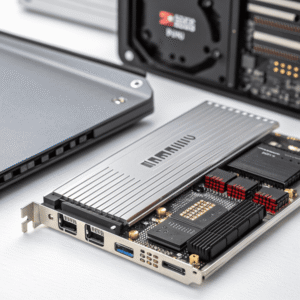
The jump from PCIe 4.0 to PCIe 5.0 is nothing short of dramatic. The The jump from PCIe 4.0 to PCIe 5.0[^1] is nothing short of dramatic. The 9100 PRO—offered in M.2 form factor and up to 8TB capacity—brings about double the bandwidth of Samsung’s previous 990 PRO
[^1]: Exploring this link will provide insights into the advancements and advantages of PCIe 5.0 technology.
—offered in M.2 form factor and up to 8TB capacity—brings about double the bandwidth of Samsung’s previous 990 PRO. It features Samsung V-NAND TLC, their own controller, and a design focused on both power efficiency and thermal management [12][13]. PCIe 5.0 means sequential read speeds up to 14,800 MB/s, which is a leap not just for pros, but also for gamers and creators who need to move and edit large files quickly [12][13].
Here’s a quick breakdown of Samsung’s NVMe SSD generation leap:
| Model | Protocol | Max Read (MB/s) | Max Write (MB/s) | Max Capacity | Form Factor | Year Introduced |
|---|---|---|---|---|---|---|
| 970 EVO Plus | PCIe 3.0 | 3,500 | 3,300 | 2TB | M.2 | 2019 |
| 990 PRO | PCIe 4.0 | 7,450 | 6,900 | 4TB | M.2 | 2022 |
| 9100 PRO | PCIe 5.0 | 14,800 | 13,400 | 8TB | M.2 | 2024 |
If you want the latest technology for enterprise, workstation, or high-end personal builds, the 9100 PRO is now the Samsung SSD to look for [12][13].
Conclusion
The Samsung 870 QVO is discontinued, the 870 Evo shines as a top SATA SSD, and the new 9100 PRO pushes NVMe speeds to record levels.

